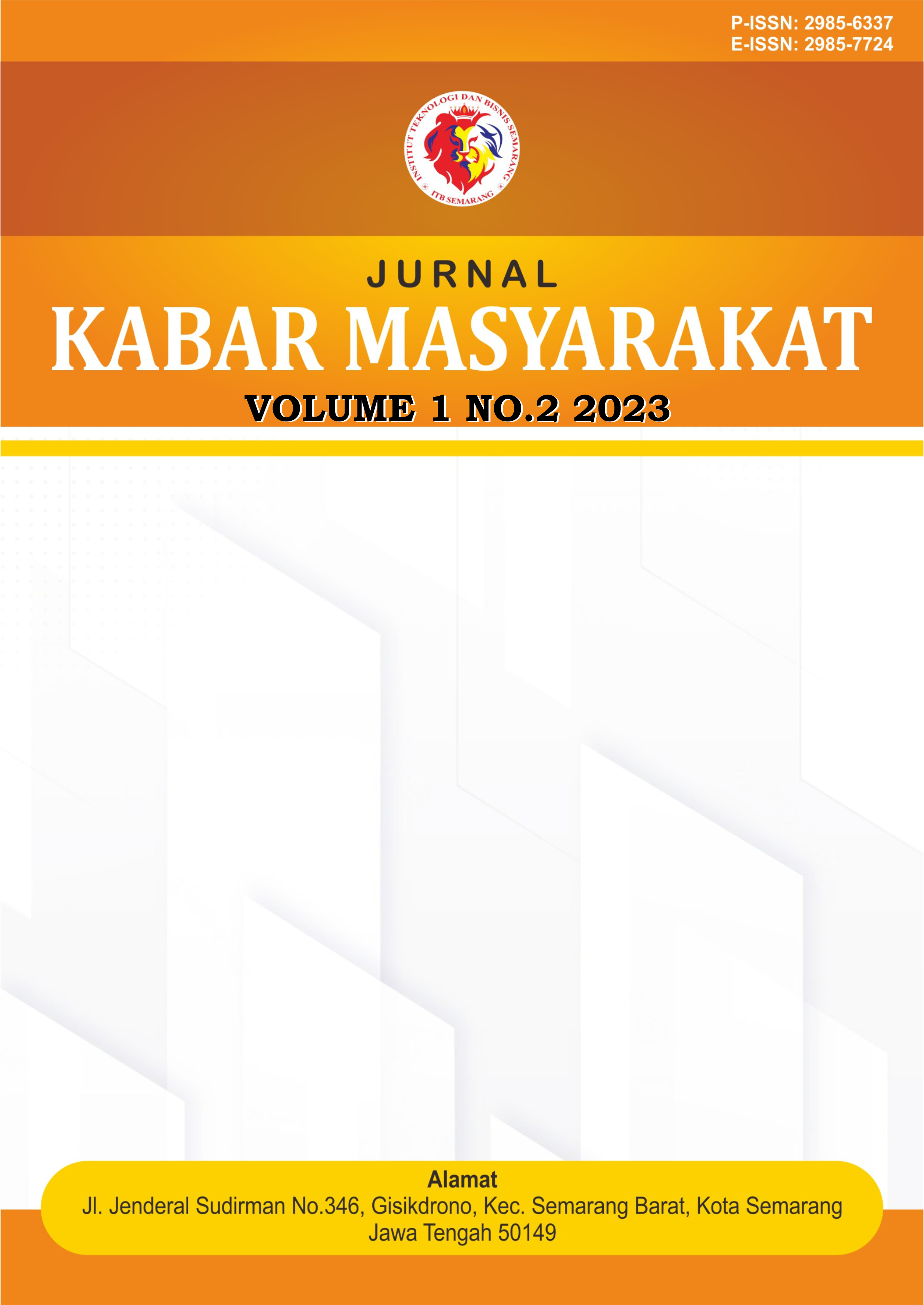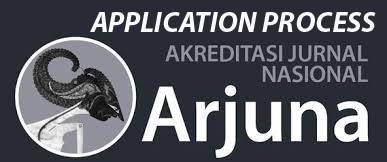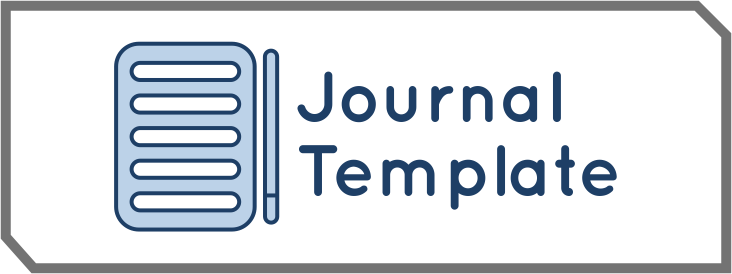Advokasi dan Penyuluhan Bahaya Laten Korupsi di Masyarakat Lamagga Baubau
DOI:
https://doi.org/10.54066/jkb.v1i2.3121Keywords:
Advocacy, Corruption, Counseling, Community, Participation, TransparencyAbstract
Corruption is a serious issue that hinders development and community welfare. The Lamagga community in Baubau faces challenges in understanding and preventing corruption due to low legal literacy and insufficient oversight of public fund management. This advocacy and counseling program aims to increase community awareness and involvement in monitoring village policy transparency. The Participatory Action Research (PAR) method, using both qualitative and quantitative approaches, was employed through seminars, workshops, digital campaigns, and the establishment of community watchdog groups.The results indicate a significant increase in public awareness of corruption, with the percentage of residents who understand the reporting mechanism rising from 25% to 68%. Community participation in village discussions also increased from 20% to 55%, demonstrating the effectiveness of community-based education. However, challenges such as resistance from local officials and cultural barriers remain obstacles that require more persuasive approaches and continuous education. Therefore, stronger synergy between the community, government, and anti-corruption institutions is necessary to ensure the sustainability of this program. By fostering closer collaboration, it is hoped that transparency and accountability in public fund management can be achieved more effectively and sustainably.
References
Ajzen, I. (1991). The theory of planned behavior. Organizational Behavior and Human Decision Processes, 50(2), 179-211.
Andriyani, R., & Prasetyo, H. (2021). The effectiveness of anti-corruption education in building integrity in society. Journal of Social Ethics, 18(3), 211-230. https://doi.org/10.1016/j.jse.2021.03.007
Firmansyah, M. (2020). Community-based anti-corruption initiatives: A case study in Indonesia. Journal of Governance and Public Policy, 7(2), 155-170. https://doi.org/10.21070/jgpp.v7i2.1245
Indonesian Corruption Eradication Commission (KPK). (2021). Annual report on corruption prevention and eradication. Jakarta: KPK.
Komisi Pemberantasan Korupsi (KPK). (2022). Strategi nasional pencegahan korupsi di Indonesia. Jakarta: KPK.
Kurniawan, D., & Rachman, T. (2022). Corruption awareness in local communities: The role of educational campaigns. Indonesian Journal of Social Sciences, 9(1), 45-60. https://doi.org/10.20473/ijss.v9i1.2022.45-60
Novitasari, D., & Suryadi, B. (2019). Evaluating the impact of digital media on anti-corruption movements in Indonesia. Asian Journal of Governance, 6(4), 302-320. https://doi.org/10.1080/ajg.v6i4.2019.302-320
Olson, M. (1965). The logic of collective action: Public goods and the theory of groups. Cambridge: Harvard University Press.
Prakoso, A. (2023). The role of local governance in preventing corruption: A policy analysis. Public Administration Review, 10(2), 115-130. https://doi.org/10.31015/par.v10i2.2023.115
Prasetyo, B., & Nugroho, D. (2020). Community empowerment in fighting corruption: Lessons from rural Indonesia. Journal of Rural Studies, 15(3), 100-120. https://doi.org/10.1016/j.jrurstud.2020.07.015
Rahman, S., & Lestari, T. (2021). Empowering local communities through anti-corruption workshops: A participatory approach. Journal of Community Engagement Studies, 5(1), 98-115. https://doi.org/10.2139/jces.v5i1.98
Rahmat, S., & Susanto, T. (2021). Collective action theory and its application in anti-corruption movements. Journal of Social Change, 9(2), 110-126. https://doi.org/10.1080/jsc.v9i2.2021.110
Suryana, B., & Fitriani, T. (2023). Integrating anti-corruption education in school curriculums: Challenges and opportunities. Education Policy Review, 11(1), 55-72. https://doi.org/10.25120/epr.v11i1.2023.55
Susanto, Y. (2020). The effectiveness of school-based anti-corruption programs: An empirical study in Southeast Asia. International Journal of Education and Policy, 8(3), 140-155. https://doi.org/10.1016/j.ijep.2020.140-155
Transparency International. (2023). Corruption perception index 2023. Transparency International. Retrieved from https://www.transparency.org
UNODC. (2020). Preventing corruption in local communities: A guide for practitioners. United Nations Office on Drugs and Crime.
Wahyudi, A. (2022). Strengthening transparency in local governments: Lessons from Indonesia. Journal of Political Science and Public Administration, 12(2), 75-92. https://doi.org/10.21490/jpspa.v12i2.2022.75
Wahyuni, R., Nugroho, D., & Putra, F. (2022). Social norms and corruption prevention in rural Indonesia. Journal of Rural Sociology, 14(3), 90-108. https://doi.org/10.1007/jrs.v14i3.2022.90
Yulianto, R., & Setiawan, H. (2021). The impact of digital campaigns on corruption awareness among young people. Asian Journal of Governance, 7(4), 302-320. https://doi.org/10.1080/ajg.v7i4.2021.302-320
Zimmerman, M. A. (2000). Empowerment theory: Psychological, organizational, and community levels of analysis. In J. Rappaport & E. Seidman (Eds.), Handbook of community psychology (pp. 43-63). New York: Springer.
Downloads
Published
How to Cite
Issue
Section
License
Copyright (c) 2023 Jurnal Kabar Masyarakat

This work is licensed under a Creative Commons Attribution-ShareAlike 4.0 International License.







